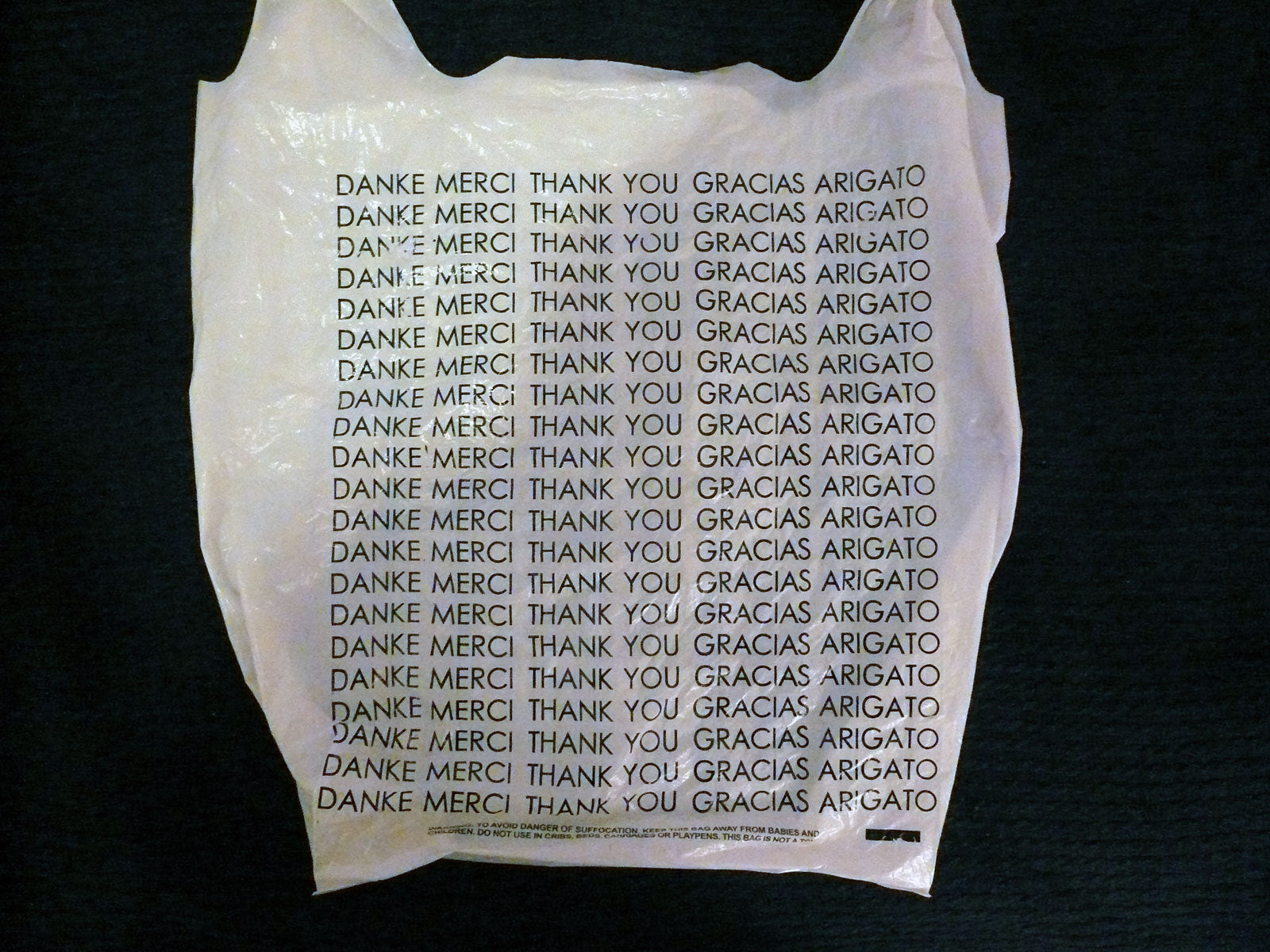I have a strong intuition that consuming thousands or hundreds of thousands or millions of microscopic beads of plastic, some unknown number of which doubtless become lodged within my body, is less than ideal. It seems incredibly obvious that intermingling particles of artificial matter with living cells must be unhealthy. But what makes microplastics so insidious is not just their literal invisibility, but the ambiguity of their effect.
There are lots of problems that could plausibly be related to the proliferation of plastics, like increasing rates of certain cancers, increasing rates of autoimmune disorders, and increasing rates of mental illness in young people. Yet these are pure speculation. The extent to which microplastics are present in the environment is poorly understood, and the extent to which they are present inside human bodies is even less clear. Researchers are only now developing methods to measure microplastics in something like bottled water; what’s happening inside of us is mostly unknown.
The only thing we can say about them with any certainty is that they are not acutely poisonous in the manner of something like cyanide. If they are bad for us, it is by contributing to chronic unwellness. As I said at the start, I think this is almost certainly the case, but I am well aware that I have no strong evidence I can point to. But while a lot of things might be unhealthy, there is something about microplastics that I find particularly disturbing. Or, more accurately, there are a few things.
First, plastic is synonymous with artificial. The first commercial plastics appeared in the early 20th century, and they have since rapidly spread to every corner of the earth, no matter how remote. Their newness and the fact that they are manmade do not necessarily prove that plastics are bad, but I can think of no other novel material that has so permeated our worlds and ourselves. A blanket fear of everything artificial may be irrational, but the fact that we are effectively conducting an unprecedented global experiment, with all of nature up to and including ourselves as the subjects, should at least encourage serious reflection.
Second is the very uncertainty I’ve been emphasizing throughout this post. Microplastics are not speculative, they are ubiquitous. But beyond that there is nothing concrete to say. They are an enormous problem in terms of scale, but trying to figure out exactly what their impact might be, let alone what any one of us might do about them, feels like trying to punch a fogbank.
Finally, they are emblematic of an understandable anxiety about the long term consequences of short term gains. While it’s hard to see much good in many of the plastics we encounter day to day, particularly all those bags and waterbottles, they are integral to everything from cars to medicine to computers to clothing to building materials. A significant part of the modern world is made of plastic, including lots of the good, or at least convenient, stuff. The idea that gains in productivity and abundance so obvious as to be visible from one year to the next might come at a cost, and that this cost might be measured in the slow accrual of a pollutant, easily ignorable right up to the point it can no longer be ignored, is a potent one.
I’m hopeful that the parameters of the problem while be better defined shortly. The article linked above describes significant advances in detecting and identifying microplastics, which is a good first step. Figuring out exactly if and when they impact human health will be considerably more difficult, but hopefully better tools of measurement will make studies possible, if not easy.
In the meantime, what are we to do, exactly? I suppose it makes sense to follow the advice of the scientists who study microplastics, which means trying to avoid bottled water, processed foods, and microwaving plastic dishes. But I would also urge caution. We can only live in the world as we find it, and obsessing over avoiding microplastics — which, being ubiquitous, invisible and mysterious invite obsession — could become so all-consuming as to seriously diminish our enjoyment of life.


3 comments
Thanks for the comments!
Diane, I agree that people slowly seem to be catching on. Maybe if enough people swear off all drinks that come in plastic bottles companies will move away from them.
Karin, I think it’s very hard to find the right balance. I personally vacillate between fatalism and wanting to remove all plastic from the house. In the end I guess we all have to do what we can while still trying to live good, happy lives.
Thank you for raising this issue that I find very disturbing. From what I have read the only way to eliminate microplastics from our water is to drink distilled water. The bottled water companies seem to be able to prevent the truth from hitting mainstream media.
You are right microplastics are ubiquitous but knowingly drinking plastic water bottles seems like those who know are placing convenience over protecting out body. The good news is many of the younger generation, especially in Colorado ( where my daughter lives) drink the water from fridge filters or the faucet in reusable water bottles. Their bodies are therefore benefitting from the concern over our planet. The irony of that symbiosis is not lost on me.
Your last statement is something I need to repeat to myself. This issue of microplastics has been provoking my anxieties for years. I thought pushing for a good/strong producer responsibility bill in NYS would help, but it is frustrating and more anxiety provoking to see how difficult it is to fight against the plastic, oil and gas lobbies.